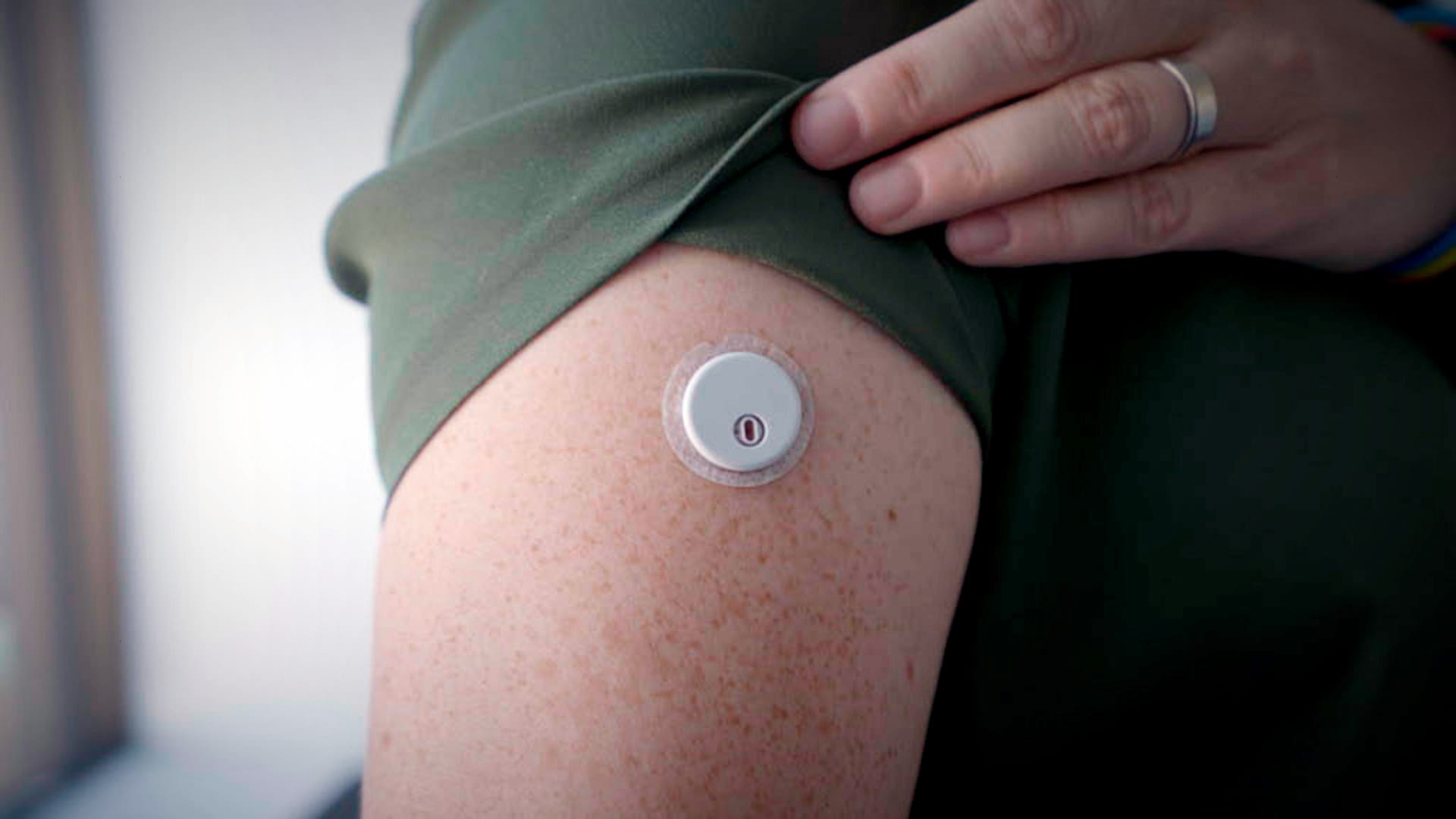- For 25 years, I’ve had Type 1 diabetes. Like the tens of millions of Americans with diabetes, one of the most important things I have to do to stay healthy is make sure my blood sugar is in normal range.
Continuous glucose monitors (CGMs) allow diabetics to track their blood sugar 24/7. They’re incredibly useful, providing insight on how your blood sugar reacts to insulin, food, exercise and whatever else affects it.
Abbott Laboratories and Dexcom are the leaders in the CGM market, which hit $5.1 billion in revenue in 2021 and is expected to reach $13.2 billion by 2028, according to Vantage Market Research. Abbott’s CGM systems, called FreeStyle Libre, generated $3.7 billion in revenue last year, with 4 million users globally.
Abbott has just released its newest CGM, the FreeStyle Libre 3. It comes with an important upgrade. Whereas the previous systems were “flash” CGMs, which means you had to hold your reader or phone close to the sensor to get a reading, the new version sends data straight to your phone.
I tried it out for over a month. Here are my takeaways:
How it works
The insertion device comes in a small box and is rather compact. The Libre 3 is only approved by the Food and Drug Administration to go into the arm. The insertion was painless, and the sensor itself is tiny compared to others I’ve used.
CNBC’s Erin Black tests new CGM Abbott Freestyle Libre 3
CNBC | Erin Black
The app requires a scan of the sensor, and then it takes 60 minutes to warm up. During the first 12 hours, a blood drop icon will appear.
Abbott Freestyle Libre 3 iPhone app
CNBC | Andrew Evers
Abbott says the sensor is acclimating. It also advises using a blood glucose meter to ensure the sensor is accurate. I found that it was accurate immediately, even while it was warming up.
Abbott Freestyle Libre 3
CNBC | Erin Black
The sensor stays on for 14 days. It gives a new reading every minute, compared to a reading every five minutes from the Dexcom G6. The adhesive worked well and showed no sign of falling off after two weeks. It still doesn’t require finger sticks or calibration.
Abbott Freestyle Libre 3 sensor
CNBC | Andrew Evers
The trend arrows tell you if your glucose is steady, rising or falling. The alarms are customizable. If you want to silence low and high alerts, you can use the app’s “do not disturb” function. The urgent low alarm can’t be silenced, as required by the FDA.
The app has some useful features for tracking average glucose and time in range and gives you the option to share the data with loved ones. It also has a reports feature that gives you insights into patterns so you can make dosage adjustments.
The Libre 3 is small and accurate
I love how small it is, so small in fact that I kept forgetting I was wearing it. I put my Dexcom G6 nearby to compare. There’s a big difference.
Abbott Freestyle Libre 3 size vs Dexcom G6
CNBC | Erin Black
It was accurate most of the time. But I found that during times of rapid change, such as when I forgot to take my insulin after a meal, it became inaccurate and had a hard time keeping up.
I did have two compression lows with the first sensor. A compression low is when the sensor gives an incorrect low reading. One occurred while I was sleeping on my side, and the other was while I was sitting on the couch and leaning on the sensor. I readjusted, and the device quickly corrected itself. I made sure to choose a better placement for the second sensor.
The app can be improved
In the app, you can’t customize the graph size. It shows a range of 50 mg/dL to 350 mg/dl. I’d like the ability to adjust that so it’s a little tighter, because my blood sugar rarely goes above 250 mg/dl, so there’s a lot of wasted space.
There’s also no ability to zoom into past readings. Sometimes when I’m low I like to be able to zoom in and see how quickly the number is changing. And while it does send notifications to my iWatch, Abbott doesn’t yet have an app compatible to use with it, so seeing your blood sugar on your watch isn’t possible. Abbott says it’s something they’re working on for the future.
Abbott Freestyle Libre 3 Apple iWatch notification
CNBC | Erin Black
Prescription required, price varies
The Libre 3 requires a prescription, so the cost will be different for everyone. Abbott said users with insurance can expect to pay $0-$25 per sensor and $70 per sensor without insurance. You’ll need to buy two a month.
Would I recommend this to other diabetics? Yes, but it depends on the user. For diabetics like me who use insulin pumps, the Libre 3 isn’t compatible yet. Abbott said it’s working on pump integration with Tandem Diabetes and Insulet. The company is also working with Bigfoot Biomedical on integration with its insulin delivery system.
For diabetics who rely on manual insulin injections or who diet to manage their diabetes, this is a great way to monitor blood sugar.






